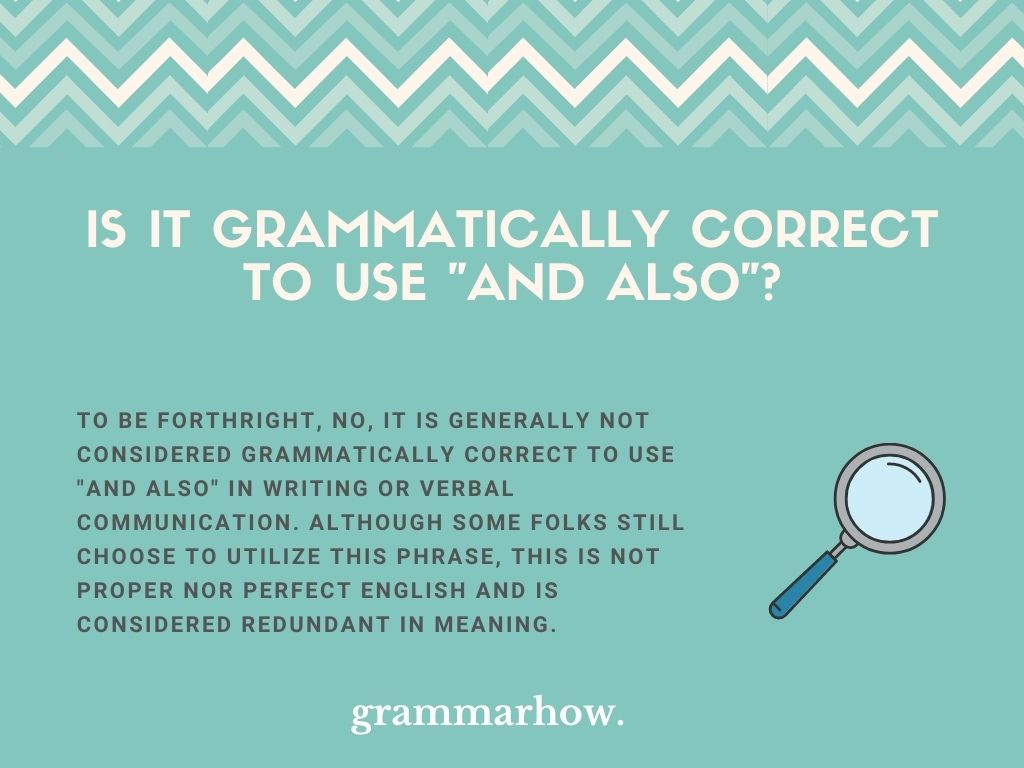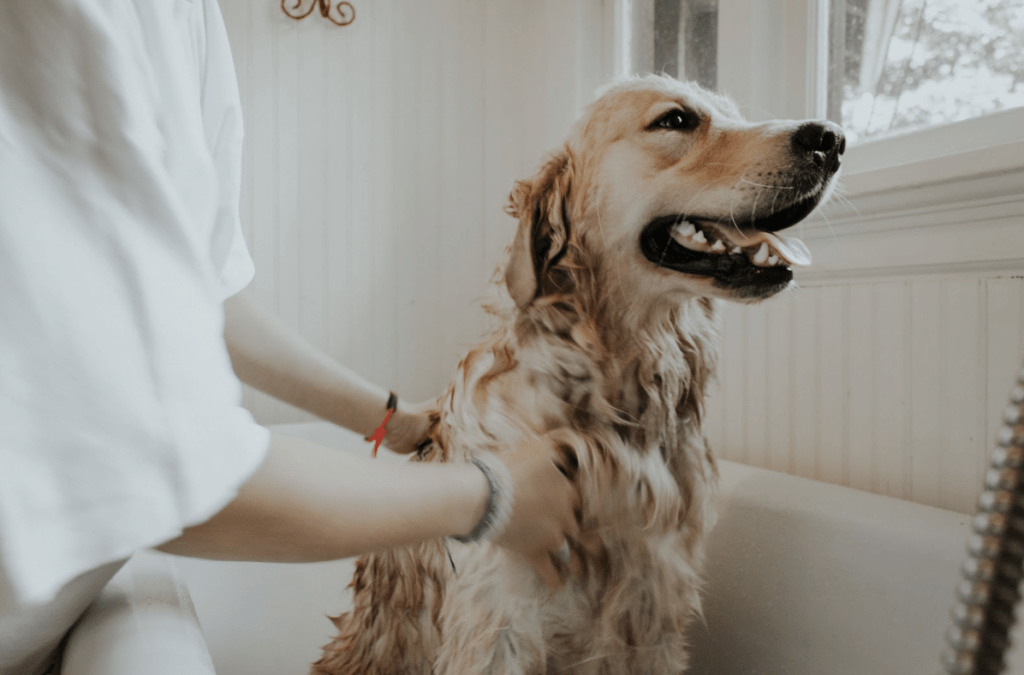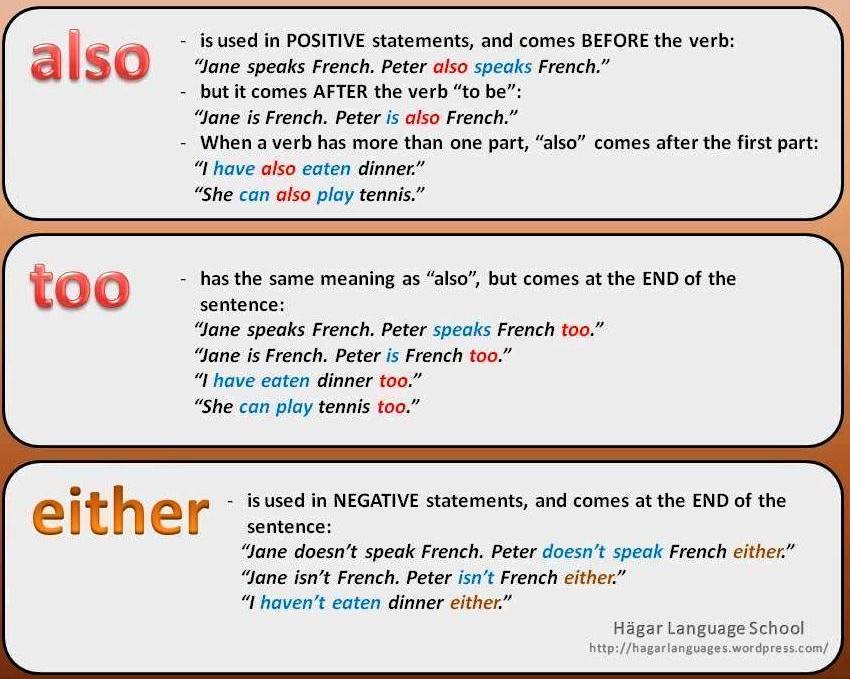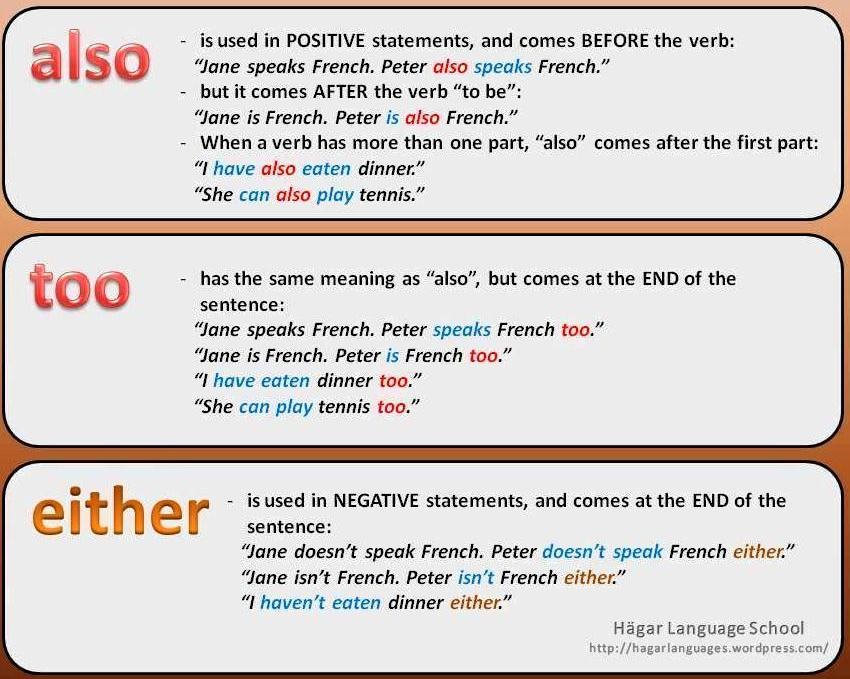One of the most common mistakes associated with word order is the tendency to put adverbs in the wrong place. This particularly applies to the word “also”, but other adverbs are commonly misplaced too.
Consider the following examples with “also”:
WRONG
We included also the information that the holiday year starts on 1 January.
RIGHT
We also included the information that the holiday year starts on 1 January.
WRONG
The rules set out above apply also to the Confidential Information.
RIGHT
The rules set out above also apply to the Confidential Information.
As these examples show, “also” should go between the subject and the verb, NOT after the verb. The next examples – with other adverbs – follow the same pattern:
WRONG
We have only time to finish the first part of the project by the deadline.
RIGHT
We only have time to finish the first part of the project by the deadline.
WRONG
Who has usually access to classified information?
RIGHT
Who usually has access to classified information?
WRONG
Do you know when Jan Kowalski started officially his work for the Company?
RIGHT
Do you know when Jan Kowalski officially started his work for the Company?
There is, of course, an exception to this rule. When the verb is “to be” the adverb usually goes after the verb:
She is also an experienced adviser on mergers and acquisitions in this sector.
The client is often unable to sign documents at short notice due to extensive foreign travel.
When a sentence has an auxiliary verb and a main verb, it is usual to put adverbs between them. For example:
We have finally completed the project.
Here “have” is the auxiliary verb and “completed” is the main verb; “have completed” is the present perfect tense.
More examples:
You must also send us the signed PoA.
(“must” is a modal auxiliary verb which modifies “send”)
We have already heard about the outcome.
(“have heard” = present perfect)
He is just arriving now.
(“is arriving” = present continuous)
The firm has frequently been praised for its commercial approach to problem solving.
(“has been praised” = present perfect passive)
In some of these examples the adverb could be put in a different place for particular emphasis. But these show standard word order.
This entry was posted in Uncategorized and tagged Adverbs, Word order. Bookmark the permalink.
All are grammatically correct, but can have slightly different meanings.
You also are allowed to see your son.
This could mean that in addition to other things that you are allowed to do, you are allowed to see your son. Depending on context, it could mean that in addition to others being allowed, you are too. E.g. «Your son’s wife is allowed to see him. You also are allowed to see him.»
You are also allowed to see your son.
Pretty much the same as the previous. We would be less likely to use this form to say #2 above, i.e. that you are allowed along with others who are allowed. This would more likely mean #1, in addition to other things, you are also allowed, etc.
Also, you are allowed to see your son.
In addition to other things, you are allowed to see your son. This differs from the first two in that it can be used when the other things are not permissions, while the first two would generally be used only to discuss several different permissions. That is, for example:
You are allowed to have a lawyer present during questioning. You are also allowed to see your son.
Versus:
Your deposit will be refunded. Also, you are now allowed to see your son.
Finally,
You are allowed to see your son also.
This one is most different. It would normally be used if there are specifically others that you are allowed to see, and your son is one of those. Like, «You are allowed to see your daughter. You are allowed to see your son also.» You wouldn’t use this form with other permissions or with other things that are not permissions.
But note that if you put a comma between «son» and «also», then it becomes the same as «Also, you are …»
We often see “and also” casually written alongside one another. Although, you may have noticed that this is a seemingly odd combination. Because of this, you may be curious to know – is it actually grammatically correct to use “and also”?
To be forthright, no, it is generally not considered grammatically correct to use “and also” in writing or verbal communication. Although some folks still choose to utilize this phrase, this is not proper nor perfect English and is considered redundant in meaning.
When we say that a term or phrase is “redundant”, we mean to express that it is not needed or is no longer useful.
We use the word “and” to join together two clauses in a sentence. Similarly, we use the word “also” to express “in addition” or “too”. Therefore, the terms “and” and “also” are consistent – causing the use of the terms together to be considered redundant.
While some argue that the use of both terms alongside one another offers direct emphasis to a statement, this is not always the case. Often, it causes a sentence to become entirely nonsensical. Here is an example depicting this:
- He went to the carnival and also did I.
- He went to the carnival and so did I.
However, if we are writing or speaking informally, most will not bat an eye at the correct usage of the adverbs “and also”. This is especially true in the case of emphasizing an important point or making nouns at the end of the list. For example:
- Hiking is a great form of physical exercise and also an enjoyable pastime.
Therefore, while not necessarily considered incorrect in an informal sense, “and also” is generally not considered highly acceptable in the professional or academic community. This is because redundancy does not always come across as a necessary attribute in an official article, paper, report, etc.
Can I Use “And Also” At The Beginning Of A Sentence
It is not considered proper English to begin a sentence with a clause. While often used in informal conversations or writing, this is not necessarily grammatically correct. Not only is “and also” redundant in meaning, but it will not come across as proper to an academic or professional audience.
In some languages, redundancy is used to establish emphasis over a point or statement. However, for the sake of clarity to an audience, in the technical usage of any language where we need to express ourselves in the fewest possible terms, redundancy is best avoided.
Essentially “and” adds nothing to the beginning of a sentence, as “also” already means in addition. If “and also” is used, its purpose is generally to mark nouns at the end of a list, rather than clauses at the beginning of a sentence. However, we are able to use these terms to begin a sentence colloquially or informally, although, this would more often be done using one term or the other.
Is It Appropriate To Use “And Also” In An Email?
While it is often considered grammatically incorrect and redundant to use this phrase in any formal manner, we can informally utilize this phrase. Therefore, if the email that we are composing is not considered to be professional or academic, then we could choose to use this phrase.
We should use this phrase sparingly; only for emphasis purposes. We will use this phase to give extra significance to a specific item or perhaps a further addition to a list that you are creating.
Should I Use “Also” Instead Of “And Also”?
Generally, yes, you should use “also” in place of “and also” in a sentence. As to not be redundant or add unnecessary cheesiness to a formal sentence, we would just use “also”. However, it is important to note that beginning a sentence with “also” is considered a colloquialism.
A “colloquialism” is defined as a word or phrase that is not literary or formal. Typically we would use this in an ordinary or familiar conversation. Because of this, colloquialisms do not often come across as appropriate or necessary to an academic or professional reader. Therefore, it’s best to just opt for another term whenever applicable.
Examples Of How To Use “And Also” In A Sentence
We’ll now go over some examples of sentences using the phrase “and also”. It’s important to keep in mind that these sentences may not be deemed appropriate or proper by some. However, if being used strictly informally, then it shouldn’t be an issue or bother to any reader or audience.
Here are the examples:
- He’s an incredibly talented singer and also a fine actor.
- Travelling to New York is an outstandingly fun experience and also highly educational.
- I can hum and also whistle.
- To say thank you for all the help, I am going to buy you some beer and also dinner this evening.
- We are travelling to Florida so that we can go to Disney Land and also Sea World.
- We rented a cabin in the woods so the whole family can spend Christmas together and also New Year’s Eve.
- I have to study for my math exam and also practice for the dance recital on Friday.
- Working out is a great way to get fit and also have an enjoyable time.
- The weather network was saying that we’re supposed to get a snowstorm and also hail tonight.
- I need to ensure that the baby’s nursery is finished and also pack my hospital bags by this weekend.
Examples Of How To Use “Also” In A Sentence
Lastly, we will go over some examples of sentences using the term “also”, considering it is generally a more acceptable term to use. It’s important to remember that the use of “also” at the beginning of a sentence is considered a colloquialism, however, it is still generally acceptable.
Here are the examples:
- Thomas Edison is famous for inventing the lightbulb, but he also invented the phonograph.
- I don’t think we should go out tonight because it is dark, but also snowing heavily.
- My neighbors also attended the party last night!
- She was fluent in English, but she was also in the process of learning French.
- My Grandma also works as a greeter at Walmart!
- It will also help to strengthen our cities economy if we choose to open the factory.
- It is a very small house that also requires an immense number of repairs.
- She also had a large sense of responsibility when it came to her job.
- Your essay was very well written. Also, I enjoyed your oral presentation on the topic.
- The work you put forth today was very impressive. Also, it’s important to note that the owners took notice of your dedication to the company.
You may also like: 10 Best Words to Use Instead of “And” to Start a Sentence
Martin holds a Master’s degree in Finance and International Business. He has six years of experience in professional communication with clients, executives, and colleagues. Furthermore, he has teaching experience from Aarhus University. Martin has been featured as an expert in communication and teaching on Forbes and Shopify. Read more about Martin here.
When it comes to our writing, we don’t often know all the rules. This is especially true when it comes to starting sentences with different parts of speech. We also do different things and follow different rules when we speak versus when we write, and the two can get carried over. With all that in mind, we’ll discuss whether or not you can start a sentence with also.
Also is one of those great, overused words that helps to link sentences together. It’s a highly useful little word, which technically means, in addition, and can get rid of any potential fragmented sentences when it’s placed between two sentences, tying the information together neatly and creating a coherent thought.
What is also?
Before we jump right into how and when to use it, we should just quickly explain what also is. Also is a conjunctive adverb. An adverb is a word that modifies an adjective or verb. It helps to give a relation of place, manner, cause, time, and the degree to the rest of the sentence. In short, it gives you the word to describe things.
Now, let’s get on to also and where it can be put in a sentence.
Starting a sentence with also
It is acceptable to begin a sentence with also. You’ll find it a widespread occurrence, even in scientific writing. As we mentioned, it helps to join thoughts together, so it is useful in science when trying to make cohesive links between sections.
For example, the first sentence could be:
Our research demonstrates that dogs like food.
Second sentence:
Also, they like to be hugged.
By placing the also at the start of the sentence, these two separate pieces of information are now linked together. Be aware though; you’ll need to add a comma directly after the also when beginning a sentence in this manner.
Why shouldn’t you start a sentence with also?
One of the main reasons you might have been told not to start a sentence with also is because it can make the writer sound disorganised. It can make the sentence that follows also seem like an afterthought.
Example:
Also, the dog wanted food.
This is commonly something we use in speech rather than writing and where it can trip us up. In writing though, readers might spend some time trying to figure out what the rest of the sentence was relating to, rather than moving on with the reading. So, be careful!
Inverted sentences and fronting
There are other times when also might appear at the start of the sentence. This will be in cases where the verb appears before the subject.
Example:
Also enclosed are the tickets.
Fronting, which is placing a word or a phrase in front of the sentence when it should be on the latter part, is often used in more formal writing. This also triggers inverted sentences, in which adverbs start the sentence:
Example:
Also important is the dog’s health.
This sees also accompanied directly by an adjective and is also entirely correct in its usage.
Should you also start a sentence with also?
Using also at the start of a sentence, whilst sometimes being frowned upon in formal writing, is okay if you are continuing a train of thought. Issues arise if the thought is fragmented and unrelated to the rest of the information present. It’s also slightly more informal than some of the other words such as furthermore, which can be used instead. Similar to other grammar issues, try and avoid using it in consecutive sentences. Otherwise, the result will be choppy.
Now that you have learnt when you can start a sentence with the word also, it’s time to use your skills in practice. Sign up to become a freelance writer with our content writing company and earn money writing content! Become a part of our writers’ community providing our clients content writing services.
Also and too are the two words which have similar meaning and hence are very confusing. But the fact is their usage is not the same, so before using it in a sentence, you need to recognize the meaning. Understanding its correct meaning will improve your English comprehension. As you know grammar is the nitty-gritty of effective communication, unless your concepts of grammar are clear, it is hard for you to frame grammatically correct sentences. Let’s learn the usage of also and too.
Also
Also is used in positive sentences, to show agreement or something in common.
Examples:
· Sane speaks English. Julia also speaks English.
· I love doughnuts. I also love pizza.
· She likes to eat. She also likes to cook.
Also comes after to be.
Examples:
· Renita is also speaking in Spanish
· She is also going to the library.
With verbs other than to be, also comes before single verb forms.
Examples:
· I also dance.
· They also helped us.
Similarly, since modal verbs are usually followed by a second verb, «also» comes after modal verbs and before the infinitive.
Examples:
· He can also speak Spanish.
· I should also be present there.
Too
Just like also, “Too” is used in positive sentences, to show agreement. The meaning of too is the same as also but the placement of too in the sentence differs.
Examples:
· Mita can join us. Helen can join us too.
· Mithoon speaks English. Moushmi speaks English too.
Too is used to modify adjectives. When we use it in negative sentence, it means that something is at a higher degree than is desirable. In a positive or less strong use, it means very.
Examples:
· My coffee is too hot to drink.
· Thank you for your help, you are too kind.
Too comes at the end of the sentence.
Examples:
· I can speak English too.
· I am studying Sociology too.
When we use “too” to modify an adjective, too comes before the adjective it modifies.
Examples:
· This place is too dirty. I cannot sit here.
. I am too tired and cannot come for the movie.
Let’s take a test:
1. My friends are going to college next year. I am_____ going to college next year.
2. I love swimming. My son _____ loves it.
3. Paris is a big city. Madrid is ______ a big city.
4. French is a difficult language to learn. Latin is a difficult language to learn ______.
5. A bear can run very fast. A tiger runs very fast ______.
Answers: 1. also 2. also 3. also 4. too 5. too
With the above explanation and examples you might have got a clear idea about the usage of also and too. By joining an online spoken English course you can learn more concepts related to English and master it.






